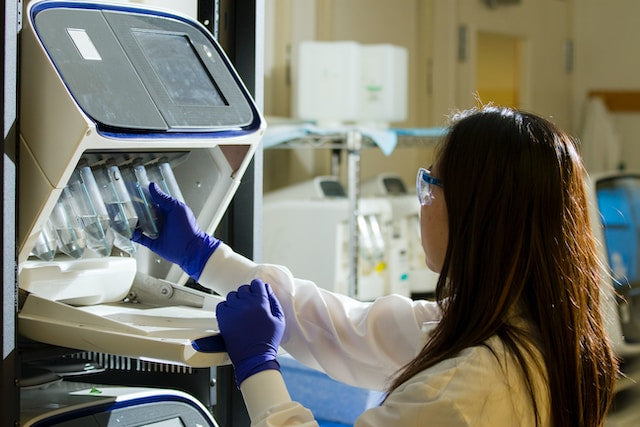
Unlocking Potential: Four Ways Fluoropolymers Helped Innovation in Medicine
Fluoropolymers, a type of synthetic polymer, have made significant contributions to the medical field, leading to new discoveries and advancements. These versatile materials possess unique properties that make them ideal for various medical applications. In this blog post, we will explore how fluoropolymers have revolutionized the medical field and opened up new possibilities for healthcare professionals.
Medical Applications of Fluoropolymers
Fluoropolymers have found numerous applications in the medical field, thanks to their unique properties. Here are some of the key areas where fluoropolymers have made a significant impact:
1. Medical Implants
Fluoropolymers, such as polytetrafluoroethylene (PTFE), have been used in the development of medical implants. PTFE's biocompatibility, low friction, and resistance to chemical degradation make it an excellent choice for implantable medical devices, such as vascular grafts, artificial heart valves, and joint replacements. These implants offer improved longevity and performance, enhancing the quality of life for patients.

2. Medical Tubing and Catheters
Fluoropolymers are widely used in the manufacturing of medical tubing and catheters. Their excellent chemical resistance and low friction properties allow for smooth insertion and removal, reducing patient discomfort. Additionally, fluoropolymers prevent the absorption of drugs or fluids into the tubing, ensuring accurate dosing and minimizing the risk of contamination.
3. Medical Coatings
Fluoropolymer coatings have been instrumental in improving the performance and durability of medical devices. These coatings provide a protective barrier, preventing the adhesion of bacteria, blood, or other substances to the device's surface. This reduces the risk of infections and enhances the overall safety of medical procedures.
4. Diagnostic Equipment
Fluoropolymers have also played a crucial role in the development of diagnostic equipment. For example, fluoropolymer films are used in X-ray imaging systems to enhance image quality and reduce radiation exposure. Fluoropolymer components are also used in laboratory equipment, such as test tubes and pipettes, due to their chemical resistance and non-stick properties.
Fluoropolymers have revolutionized the medical field, enabling new discoveries and advancements. Their unique properties, including chemical resistance, low friction, and biocompatibility, have made them invaluable in various medical applications. From medical implants to diagnostic equipment, fluoropolymers have improved patient outcomes, enhanced safety, and opened up new possibilities for healthcare professionals. As research and technology continue to evolve, we can expect even more exciting developments in the medical field with the help of fluoropolymers.
